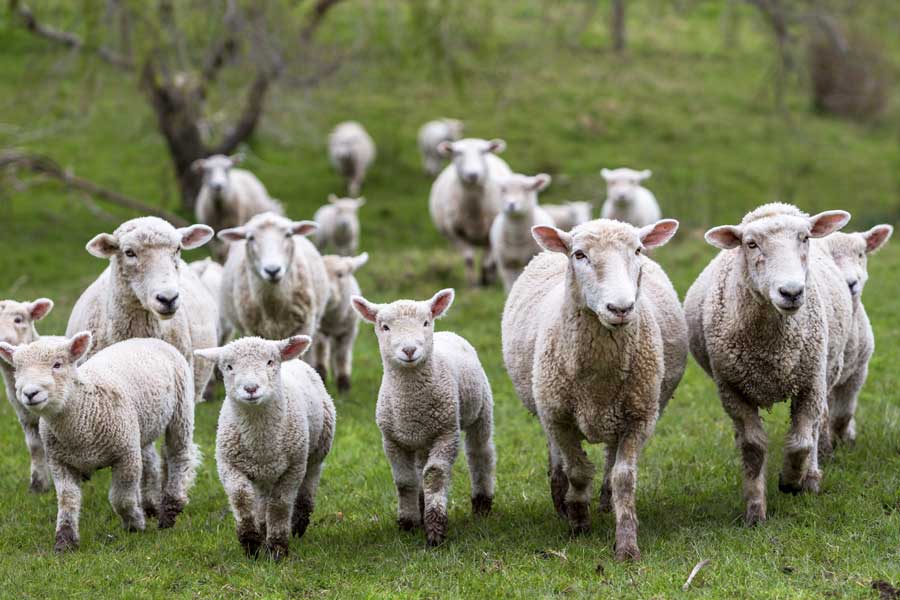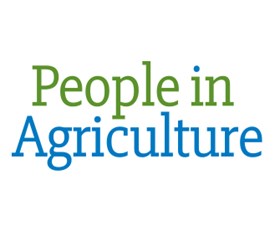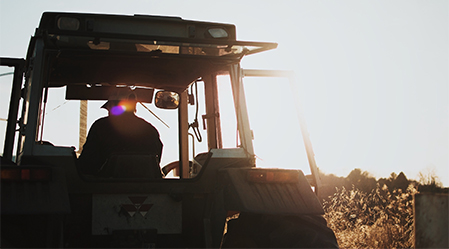For young Sophie Agriculture is the business
18/5/2017
The future of agriculture is looking exciting to young farming professionals like Sophie Forrester. She moved back to to the family property in Qualeup WA after graduating and undertook a business apprenticeship while working part time on the farm. Initially she has no intention of making a career on the land but realised that her heart was in it and so enrolled in a Diploma of Agriculture via Charles Sturt University. Sophie has been working on the farm, Glenkeith, full-time for two-and-a-half years now.
The future of agriculture is looking exciting to young farming professionals like Sophie Forrester.
Sophie moved back to to the family property in Qualeup WA after graduating and undertook a business apprenticeship while working on the farm part time. Initially she has no intention of making a career on the land but realised that her heart was in it and so enrolled in a Diploma of Agriculture via Charles Sturt University.
Together with her parents the 22-year-old has been managing up to 18,000 Merinos over 3050 hectares for the last 2 years. The enterprise operates over 4 locations: The home farm runs pregnant ewes and feedlot wethers while the two lease blocks at Boyup Brook carry ewe and wether hoggets and the long-term agistment block at Cranbrook houses older wethers.
The business supports 8000-9000 self-replacing ewes at any one time with 3000-4000 being oncoming hoggets from the previous season.
Merinos have been a mainstay for the Forrester's – no matter how variable the markets the yearly wool clip has always covered the overheads and the average income has remained reliable.
This year’s prices have seen the Forresters retain their wethers for a longer period of time than previous years. The strong market also helped Sophie and her father to make a decision to hold on to the wethers, rather than lotfeeding them and selling them as lambs or hoggets as they have done in the past.
“They’re usually sold before the next lambing season due to space constraints,” she said.
“The wether lambs from the current year are usually drafted off their mothers and split up into three groups of 200-300 apiece then lotfed and sold in succession."
“A couple of years ago when grain prices were really high it stopped making sense to supplementary feed them and it started to become very labour intensive."
“The long-term agistment property at Cranbrook means we now hold onto them and have been able to continuously run them on pasture."
“All things going according to plan, we’ll keep last year’s wether lambs until after our November shearing this year.”
Australian Sheep Breeding Values (ASBVs) have helped David and Sophie to produce and retain larger-framed sheep resulting in heavier lambs and more of them.
Due to the Forrester family’s focus on meat quality in previous seasons its ewe flock currently cuts an average of 4.5-5 kilograms of wool.
But striking the right balance between meat and wool production means David and Sophie are really starting to select MPM rams with high clean fleece weights in a bid to bolster their wool clip in future seasons.
“It’s about striking the right balance,” Sophie said.
“MPMs allow us to wean more lambs each year which results in a higher return on a per hectare basis.
“During the last few years we have sold our wool straight after shearing via Scanlan Wools but this year, seeing as we haven’t sold a wether, we might have a look at forward selling.”
This week marks the beginning of pregnancy scanning at Glenkeith.
With some encouragement from Sophie, the farm business started scanning for twins last season and has since been managing mobs accordingly.
Dry maiden ewes get a second chance – partly because they’re also good wool cutters – and the process allows Sophie and her family to plan for oncoming lambs, pro-actively recognise health issues and add value to pregnant ewes bound for the saleyards.
“In terms of wool and sheep meat prices, I only really came into the industry five years ago so I’ve only seen it get better and better, I haven’t seen markets crash or seasons fail."
“And thanks to the implementation of technologies we’re making more calculated decisions.
Strategic planning and management means we can see what’s happening in the past, present and future.”
The use of Excel and Agrimaster for keeping electronic records and reports has seen Sophie contribute significantly to the running of the business.
“There are so many female farmers out there who are really passionate about and talented in what they do which has given me the courage to pursue a farming career,” she said.
“In Kojonup and the surrounding areas there are a lot of young women running stock-based programs with plenty of energy and patience.
“I encourage more young women to seriously look at the sheep industry as a future career and hopefully even more opportunities will present themselves in coming years.”
Sophie is also a Southern Dirt Young Farmers committee member.
The committee works to keep young farmers engaged in the local farming scene and offers courses and educational events.





